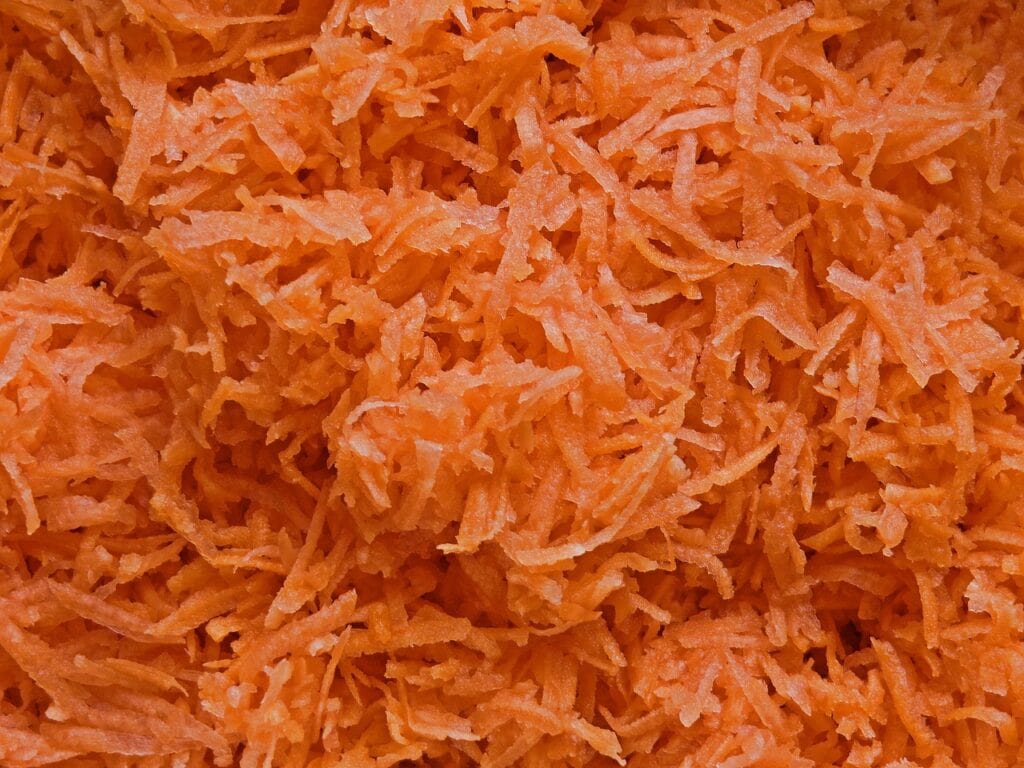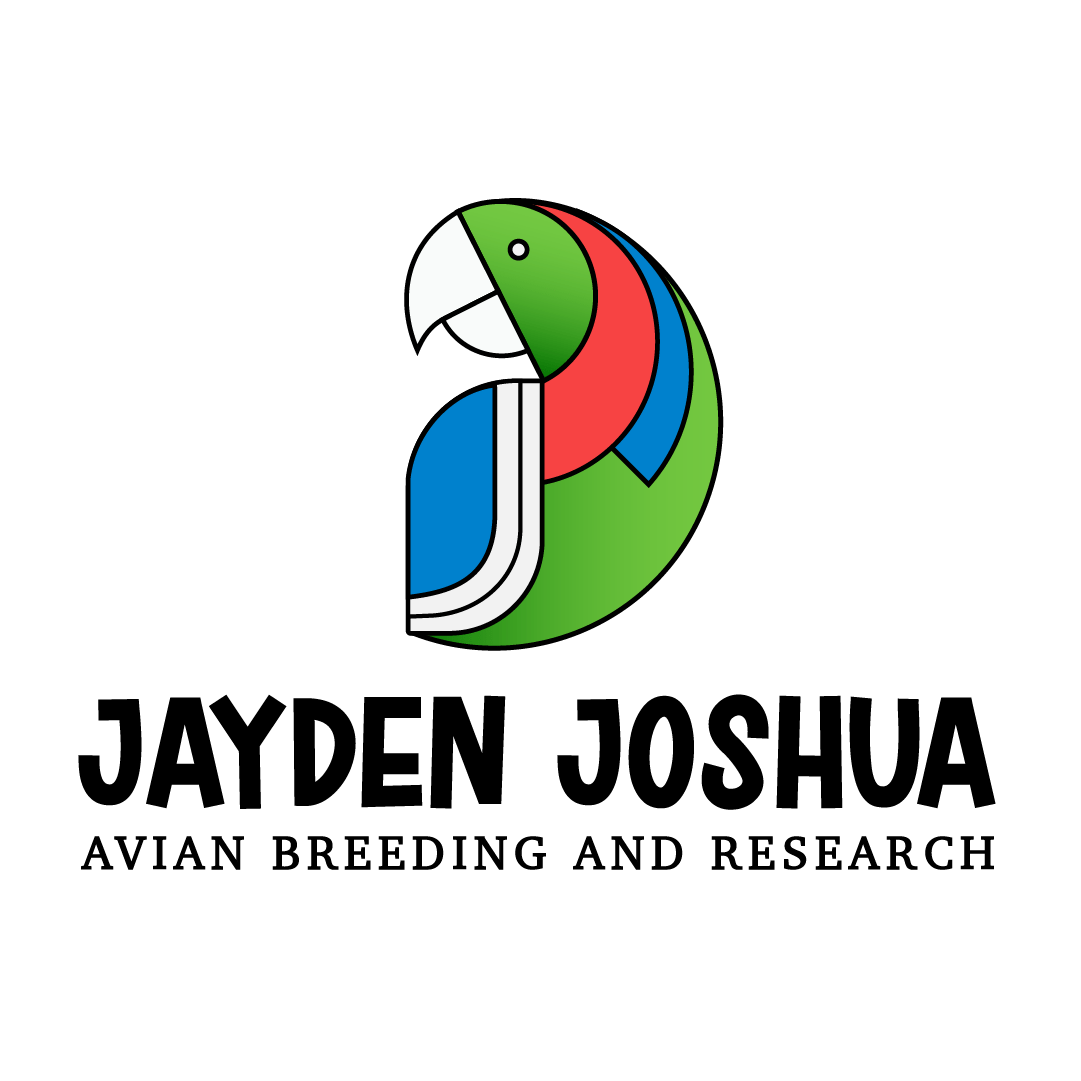Bird-Friendly Vegetables: A Guide to Healthy Feeding

Poor nutrition poses a significant issue among captive psittacine birds. Traditional seed-based diets often contain excessive fat, imbalanced calcium-phosphorus ratios, and other nutrient deficiencies. While nutritionally superior formulated diets are available, many owners find them monotonous. Consequently, a common practice is to offer a combination of seeds, produce, and formulated food. However, the nutritional value of such mixed diets is seldom assessed, and packaged products may sit on shelves for extended periods, raising questions about their quality and nutritional content.

In their natural habitats, birds consume a diverse array of foods, including seeds, nuts, grasses, fruits, insects, and more, adjusting their diet with changing seasons. Inadequate nutrition can reduce a bird’s lifespan and increase susceptibility to bacterial, fungal, and viral infections. Conversely, a balanced diet strengthens the immune system, promoting overall health and disease resistance.
For those unfamiliar, ‘chop’ refers to a mixture akin to salad or ‘mash,’ encompassing vegetables, grains, legumes, fruits, nuts, and seeds. It’s a method of providing a varied, nutritious array of ingredients to supplement their diet.

Here’s our chop recipe:
Ingredients:
- Kale
- Pecans
- Brussels sprouts
- Spinach
- Cauliflower
- Broccoli
- Bell pepper
- Red turnip
- Pumpkin seeds
- Cranberries
- Rolled oats
- Petite peas
- Pear
- Chickpeas
- Couscous
- Green lentils
- Chia seeds
Preparation:
Mix the ingredients in a large bowl and finely chop them using a food processor. Adjust chopping according to the preferences of your bird species; smaller birds may prefer a finer chop. This batch typically lasts around three months when frozen and thawed as needed.
For more details, visit the video to see our diet plan for the birds.
Subscribe to our newsletter!


